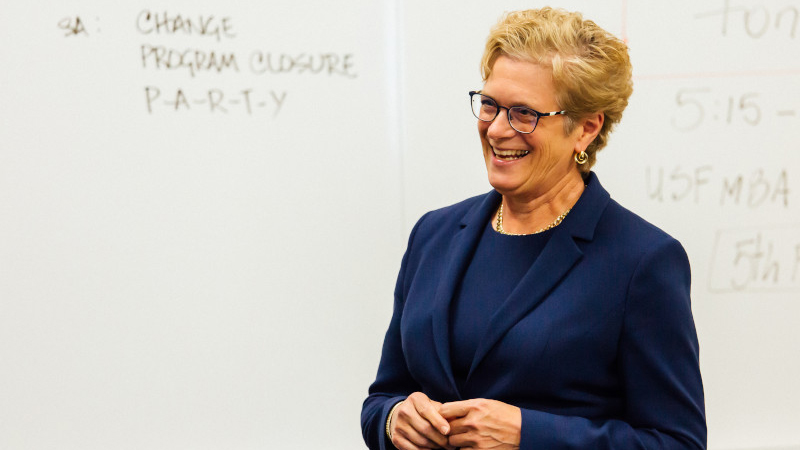Universal Design
Universal design is an approach to designing course instruction, materials, and content to benefit people of all learning styles without adaptation or retrofitting. Universal design provides equal access to learning, not simply equal access to information. Universal Design allows the student to control the method of accessing information while the teacher monitors the learning process and initiates any beneficial methods.
Who Benefits:
- Students with disabilities
- Students who speak English as a second language
- International students
- Older students
- A teacher whose teaching style is inconsistent with the student’s preferred learning style
- All students
Examples of University Design:
- Fluctuate instructional methods, provide illustrations, handouts, auditory and visual aids.
- Put course content on-line allowing students to “pick up” material that might have been missed in lecture.
- Use peer mentoring, group discussions, and cooperative learning situations rather than strictly lecture.
- Using guided notes enables students to listen for essential concepts without copying notes off of overhead.
- Update course materials based on current events and student demands.
- Provide comprehensive syllabus with clearly identified course requirements, accommodation statement and due dates.
- Clarify any feedback or instructions, ask for questions, and repeat or give additional examples.
- Relate a new topic to one already learned or a real-life example.
- Allow a student to tape record lectures or provide him/her with a copy of your notes.
- Allow the student to demonstrate knowledge of the subject through alternate means.
- Permit and encourage the use of adaptive technology.
- Develop study guides.
- Give more frequent exams that are shorter in length.
This section adapted from the Partnership Grant through Ohio State University.
